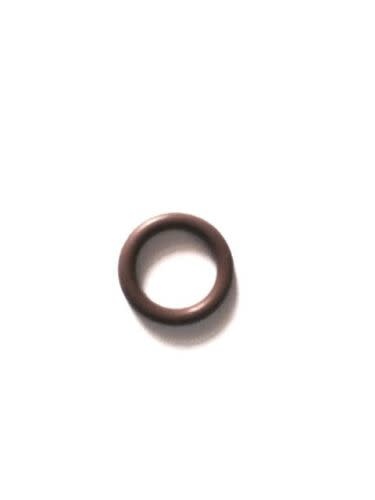Firstly, let's start with FKM or Viton, which is a synthetic rubber made of fluorine, carbon, and hydrogen. FKM is known for its excellent resistance to high temperatures, chemicals, and oil, making it a popular choice in the automotive, aerospace, and chemical industries. It can withstand temperatures ranging from -15°C to 250°C, making it suitable for high-performance applications.

One of the key advantages of FKM is its resistance to harsh chemicals, including acids, fuels, and solvents. It does not swell or deteriorate when exposed to aggressive fluids and chemicals, ensuring that it maintains its sealing properties over time. FKM also has low gas permeability, which makes it ideal for use in applications where gas leakage must be prevented.
On the other hand, EPDM or EPR is a synthetic rubber made of ethylene, propylene, and diene monomer. EPDM is known for its excellent resistance to water, steam, and weathering. It can withstand temperatures ranging from -45°C to 150°C, making it suitable for low to medium-temperature applications.
One of the key advantages of EPDM is its resistance to water and steam. EPDM does not deteriorate or swell when exposed to water or steam, ensuring that it maintains its sealing properties over time. Additionally, EPDM is resistant to weathering, UV radiation, and ozone, which makes it suitable for outdoor applications.
When it comes to the differences between FKM and EPDM, the most significant one is their temperature range. While FKM can withstand high temperatures, EPDM is limited to low to medium temperatures. Another key difference is their resistance to chemicals, with FKM being more resistant to harsh substances than EPDM.
In conclusion, when choosing between FKM and EPDM for O-rings and seals, it is important to consider the specific application and temperature range involved. FKM is an excellent choice for high-temperature applications and harsh chemicals, while EPDM is ideal for low to medium-temperature applications and exposure to water and weathering. By understanding the differences between these two materials, you can make an informed decision and select the right material for your sealing needs.